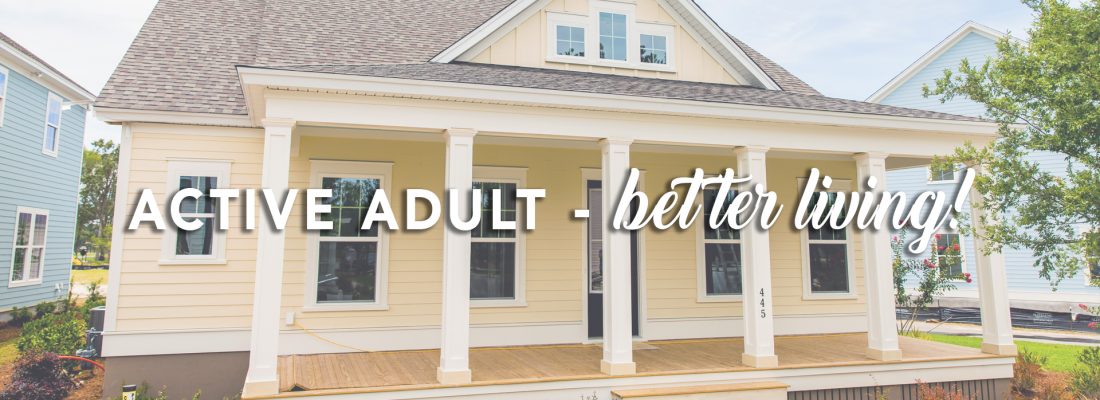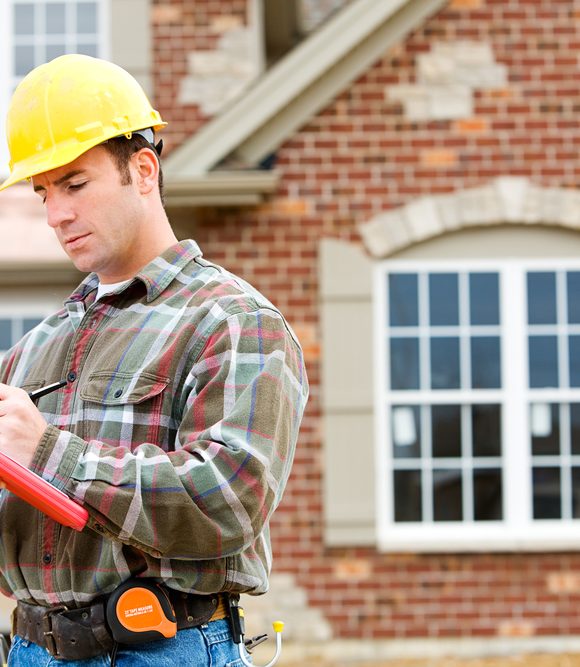HOUSING OPTIONS FOR GROWING Active Adult DEMOGRAPHIC
According to the Administration on Aging, there are nearly 52.4 million people age 60 or older in the United States. By 2030, one in every five Americans will be age 60 or older. Individuals who are 85 and over are the fastest growing group of seniors, with their numbers expected to more than triple from 5.4 million to 19 million between 2008 and 2050. The demographic profile of America’s older adults will also be more diverse in the years to come. These trends will produce challenges as well as great opportunities to harness the talents and energies of older Americans.
Developers and home builders are now listening to those numbers. Innovative designs and careful consideration of the needs of active adults are now being studied to construct communities that include many services needed by active adults. Retirement villages now come complete with clubhouses for socialization, meal deliveries and transportation options to just name a few. Seniors will now have to do their homework to find out which development is right for them.
Before you make a decision about where to live in retirement you need to consider many factors—the daily lifestyle you want; proximity of children, grandchildren, or other relatives and friends; the type of climate you enjoy; and your health or medical needs. Ideally you should consider these personal and lifestyle factors first. Then you need to face reality. What can you afford? As usual, when it comes to financial issues, the Internal Revenue Service enters the picture. The tax impact can be crucial when you’re analyzing the pros and cons of where and how to live. (You may access tax information for this state in another part of the guide.)
Once past this process, you will need to think about renting vs. owning. Senior citizens are in a unique position once they’ve retired from their jobs. You have more freedom than those of us still tied to the world of employment. So should senior citizens buy or rent a home or stay where you are currently living after retirement?
When comparing renting and owning a home in your retirement years, maintenance and renovations need to be taken into consideration. You must be able to keep up your home if you want to continue living in retirement safely and comfortably. As for renting, many renters receive reassurance and security because they are not the one in charge of making or paying for needed repairs and renovations.
One downside to renting a home or apartment is cost increase. Your rent can increase at just about any point in time. In most states, unless your lease states otherwise, rent can be increased with 30 days notice. Even so, most leases are only for one year, meaning your landlord can then raise your rent. In fact, your rent may be raised to any amount that they want, even an amount that you cannot afford. A fixed mortgage is just that and you will always know the amount of your mortgage payments.
Another factor to consider is your current lifestyle, and the lifestyle you intend to lead in the future. When deciding whether to rent or buy your home, it’s important to remember that the sky is the limit. You might want to travel after retirement, seeing the world on your retirement funds, and a mortgage would only serve to strap you to a particular place. You may not be able to spend winters in the Caribbean if the mortgage payments on your new home are too high.
The senior housing trend started with senior apartments where residents were monitored on a daily basis and had access to emergency services. That was just the beginning of a now extensive list of developments that cater to senior citizens. Many senior communities include access to pools, gyms and clubhouses and are age restricted. The newest developments enable seniors to own a private residence, maintain their independent lifestyles while having many services available to them when the needs arise.
For many a desirable solution is retirement communities. Called “active adult” or “age-restricted” communities, these developments are especially common in suburban cities and towns where land is more available. The residents often can choose among a few different home styles. There are normally recreational benefits, such as a swimming pool, tennis, golf and a social hall. Some of these 55-plus communities are apartment buildings, condominiums or townhouses.
Since an independent living facility is one in which you may live in your own apartment while enjoying more social interaction, you can come and go as you please. This gives you the opportunity to still live like you would have at your previous house, going on vacations or visiting family as you please. At the same time, independent living facilities have security services that create a safe community and place to live so there’s never a reason to feel like your personal belongings will not be secure while you’re away. Many retired adults choose to move to an independent living facility because they no longer desire to take care of that big house that once housed their larger family. All that space is no longer necessary. In addition to downscaling, many independent living facilities offer cleaning and dining services, on top of landscaping. It’ll give you the opportunity to really take advantage of your free time as a retired adult, rather than keeping you chained to daunting household chores.
These provide less privacy, which some people want due to safety reasons. Each of these communities also has its own list of regulations on what is and is not acceptable by the homeowners. Read everything you can about the housing, talk with other residents and meet the officers, if there is a board that oversees the facility.
Continuing-Care Retirement Communities are a great option. CCRCs are facilities that include independent living, assisted living, and nursing home care in one location, so seniors can stay in the same general area as their housing needs change over time. There is normally the cost of buying a unit in the community as well as monthly fees that increase as you require higher levels of care. You may want to consider a CCRC if you’d like to stay in the same general facility regardless of your care needs. It also can mean spouses can still be very close to one another even if one requires a higher level of care, a big plus.
A relatively new concept is the Village Solution. The Village Solution enables active seniors to remain in their own homes without having to rely on family and friends. Members of a “village” can access specialized programs and services, such as transportation to the grocery store, home health care, or help with household chores, as well as a network of social activities with other village members. As of 2009, there were 50 village organizations across the United States, with many more communities planned worldwide. Each offers different services depending on the local needs of the individual communities. The cost of membership varies according to area and the level of services required, but is often in excess of $500 a year.
Thinking about housing arrangements for the future can be a stressful, anxiety-provoking topic for both you and your family. It may seem easier to put off thinking about it until later, but the earlier you face your specific issues, the more choices and control you will have over your future. Even if you are completely independent at this time, circumstances can change. It pays to think a little about your current location and how things will differ if you move. For example, how far will your home be from shopping, medical facilities, or other services? If you can no longer drive, what kind of transportation access will you have? Does it have a lot of steps, stairs, or a steep hill to navigate?
Learn about the different types of senior housing, what choices may be best for you, and how to navigate the emotional roadblocks that come with choosing senior housing. But most importantly plan to enjoy each day to the fullest and take advantage of every opportunity presented to you!



